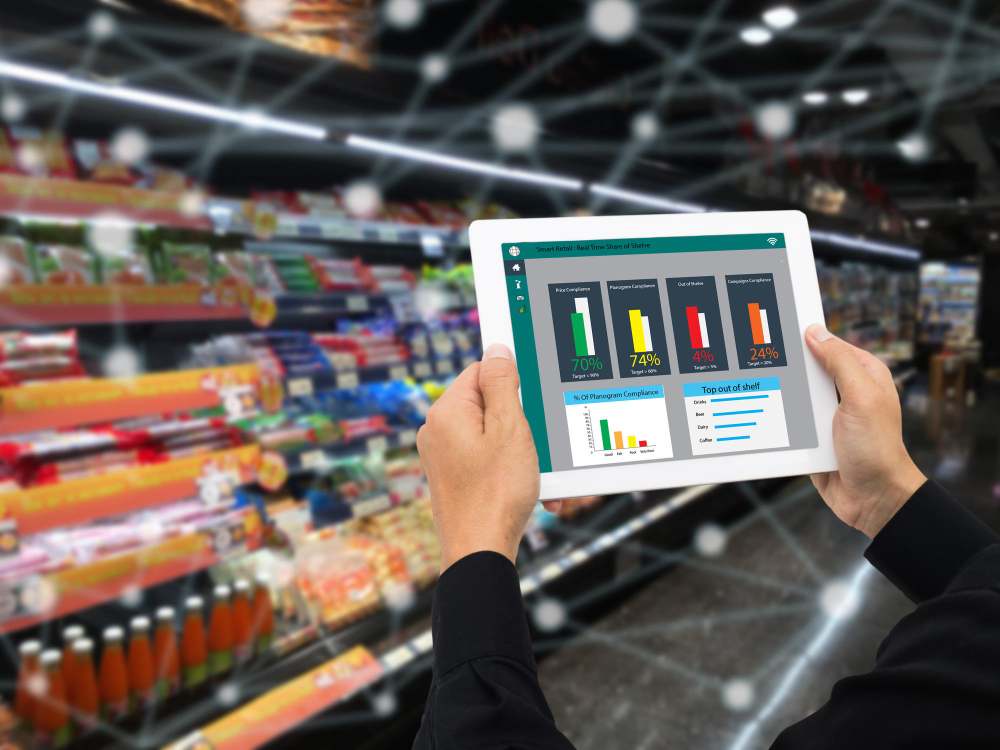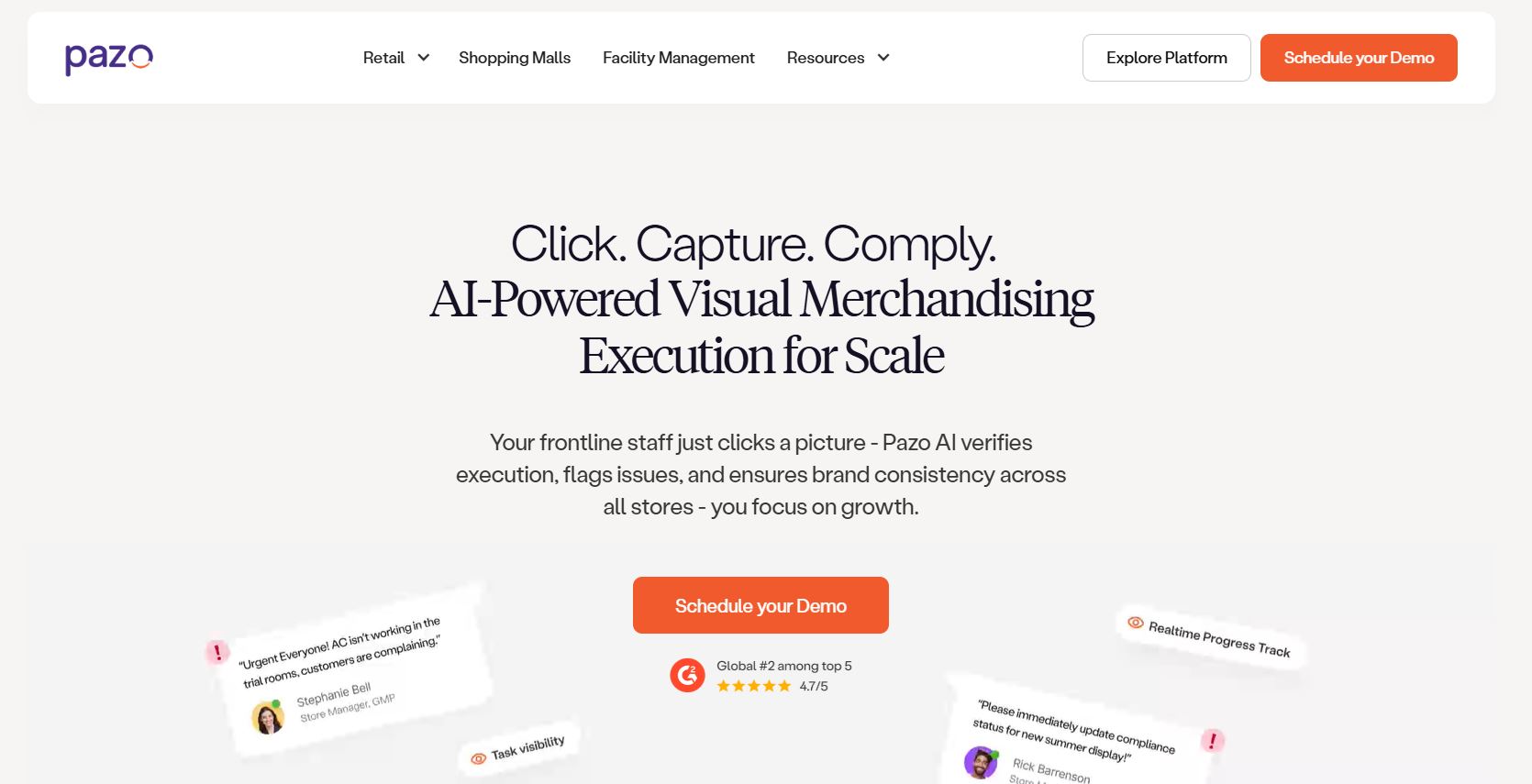9 Best Planogram Software in 2025: A Curated List By Pazo
Explore the top 9 planogram software platforms in 2025. Compare features, use-cases, pricing, pros & cons, and learn why Pazo stands out as the ultimate choice for retail shelf execution and planogram compliance.









